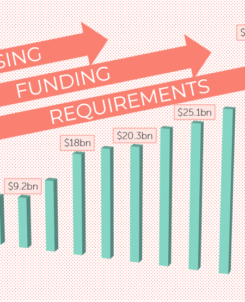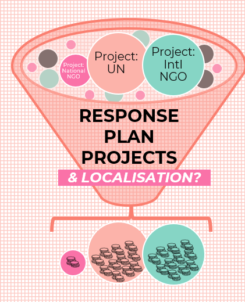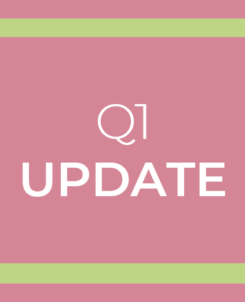Launch: Underfunded Crisis Index
Humanitarian Funding Forecast is launching its first yearly index: the Underfunded Crisis Index. The index, based on this story from 2021, aims to measure which recurring humanitarian crises are consistently underfunded. The 2022 index shows that 5 contexts are chronically underfunded (<40%). This includes three regional refugee response plans (DR Congo, Burundi, and South Sudan), […]
Why does the humanitarian system need so much money?
In 2022, the UN and humanitarian agencies appealed for a record $47 billion to meet the needs of the 183 million people. This equates to a staggering increase of 223% in funding needed in just the last five years. At the same time humanitarian aid has stalled, increasing the funding gap. What accounts for this […]
🚨 NEW: Updated Q2 July 2022 Forecasts
Latest analysis by Humanitarian Funding Forecasts shows that most humanitarian sectors in 2022 are forecast to grow more than what we thought at the start of the year. Of the 15 sectors analysed, 9 are forecast to grow more compared to our initial forecasts, 4 sectors have had their forecasts revised down, and another 2 […]
Response Plan Projects: A Red Herring for Localisation
The thing that sets the rhythm of humanitarian crises (or to be more precise: humanitarian coordination) are response plans. There are different types to do with refugee crises, non-refugee related crises and sudden onset crises – you can learn more about the different types here. But the one thing that they have in common is […]
Do more severe humanitarian crises get more money?
Humanitarian funding is an exercise in prioritisation by donors. Donors have a pot of money in their budgets that they need to distribute to different places, and they have to ask the question: where will this money make the most impact? Of course there are other considerations (e.g. national interests of governments), but for today […]
🚨 NEW: Updated Q1 April 2022 Forecasts
Welcome to the first update of our 2022 funding forecasts. This is our Q1 forecast (called Q1 as it follows the end of the first quarter, i.e. end of March). It takes into account our initial Q0 forecast which feeds in historic data, and the most recent data on how things are going in the […]






